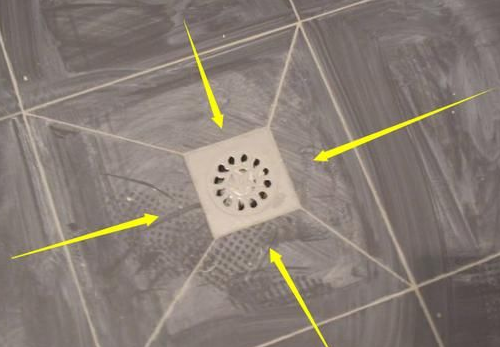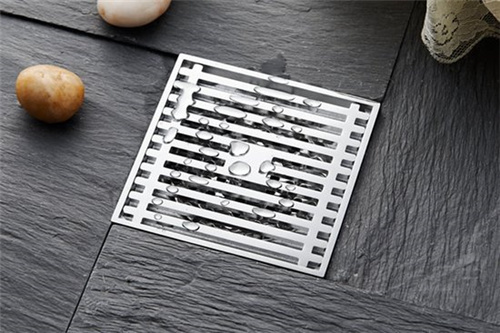
Home / Blog Center / Chargers / Connecting Your Washing Machine to a Floor Drain: Tips and Tricks
Connecting Your Washing Machine to a Floor Drain: Tips and Tricks
05/03/2025 | Hawkrown
As we all know, a floor drain is an essential hardware component in home decoration. So the question arises: do you know how to connect a regular floor drain to a washing machine? What are the differences between a washing machine drain and a regular drain? Next, let me briefly introduce some related knowledge about floor drains.
How to Connect a Regular Floor Drain to a Washing Machine
The method is quite simple. First, you just need to remove the cover and the sealing ring of the floor drain. Then, insert the connected washing machine drain hose into the floor drain. This completes the connection. If you are concerned about odors, you can also use glass glue to seal the gaps around it.

Differences Between Washing Machine Drains and Regular Drains
1. Appearance Differences
From an appearance standpoint, there is a significant difference between these two types of floor drains: the washing machine-specific drain has a convex center. Depending on the drainage requirements, the washing machine will connect to the drain via a pipe, resulting in a visual appearance where the drainage pipe is inserted into the floor drain. On the other hand, a regular floor drain does not require a pipe insert and has a hollow surface. Wastewater flows directly to the drain through the terrain and is discharged through the drain's surface.

2. Functional Differences
It is well-known that floor drains play an important role in indoor drainage, and their main function is drainage. A regular floor drain is primarily suited for areas that require drainage, such as kitchens, bathrooms, and balconies, without being restricted by space or drainage needs. Both bathrooms and balconies can use regular floor drains to discharge water. In contrast, a washing machine drain specifically targets wastewater discharged from washing machines. During drainage, the wastewater flows through a pipe, enhancing the efficiency of wastewater removal from the washing machine.

3. Price Differences
Currently, there are many materials available for floor drains, including cast iron, PVC, and brass. Naturally, different materials come with different price points. Among these, stainless steel and aluminum alloy materials offer better cost-performance ratios. For instance, the washing machine-specific drains made of stainless steel tend to be more expensive than regular ones by about ten yuan.

In conclusion:after reading the above introduction, I believe everyone has gained further understanding of how to connect a washing machine to a regular floor drain. For more related information, please continue to follow our website, as we will present more exciting content in the future.


